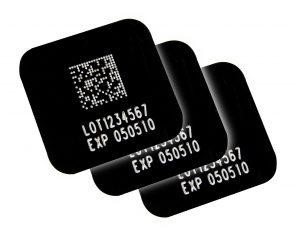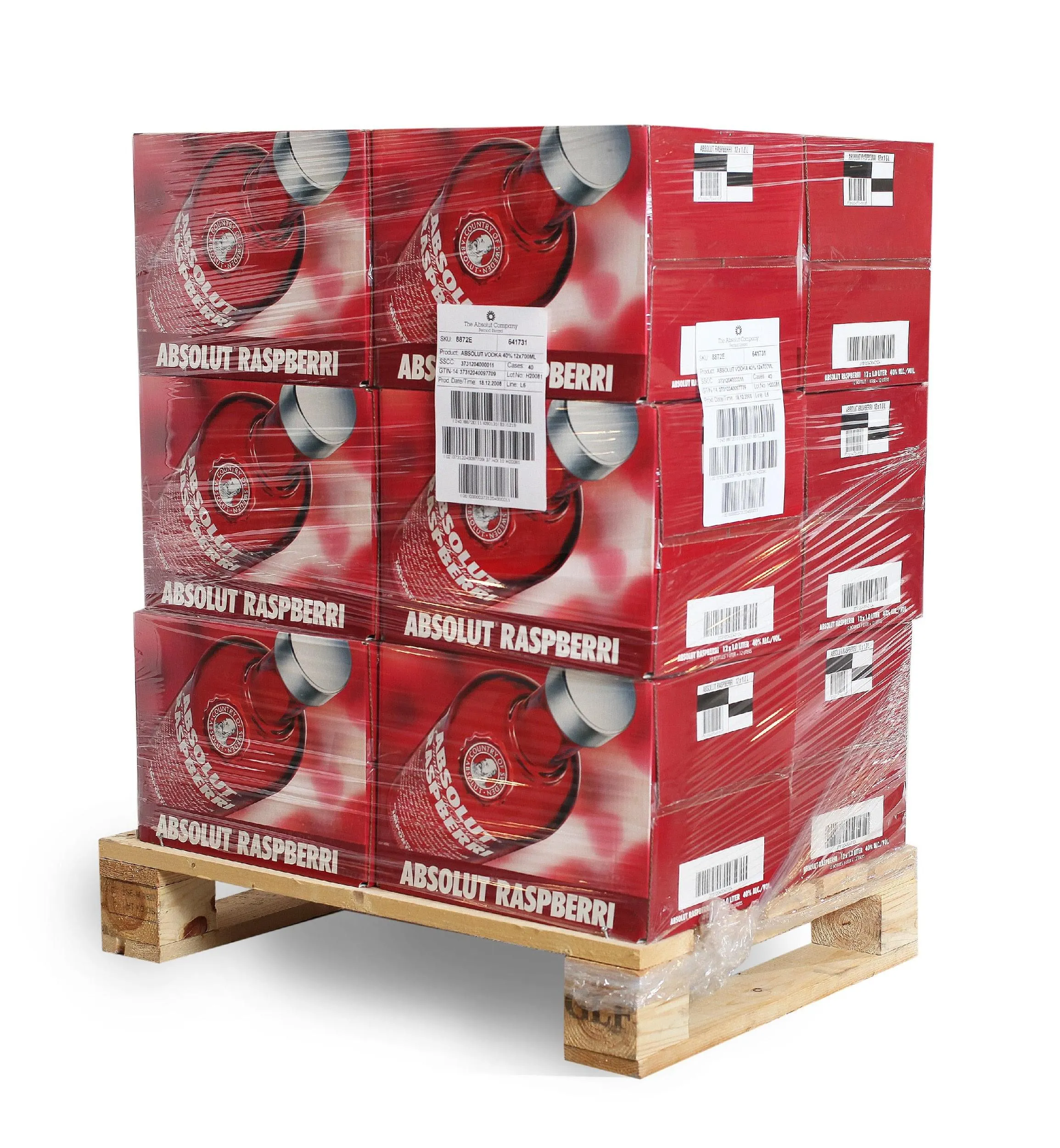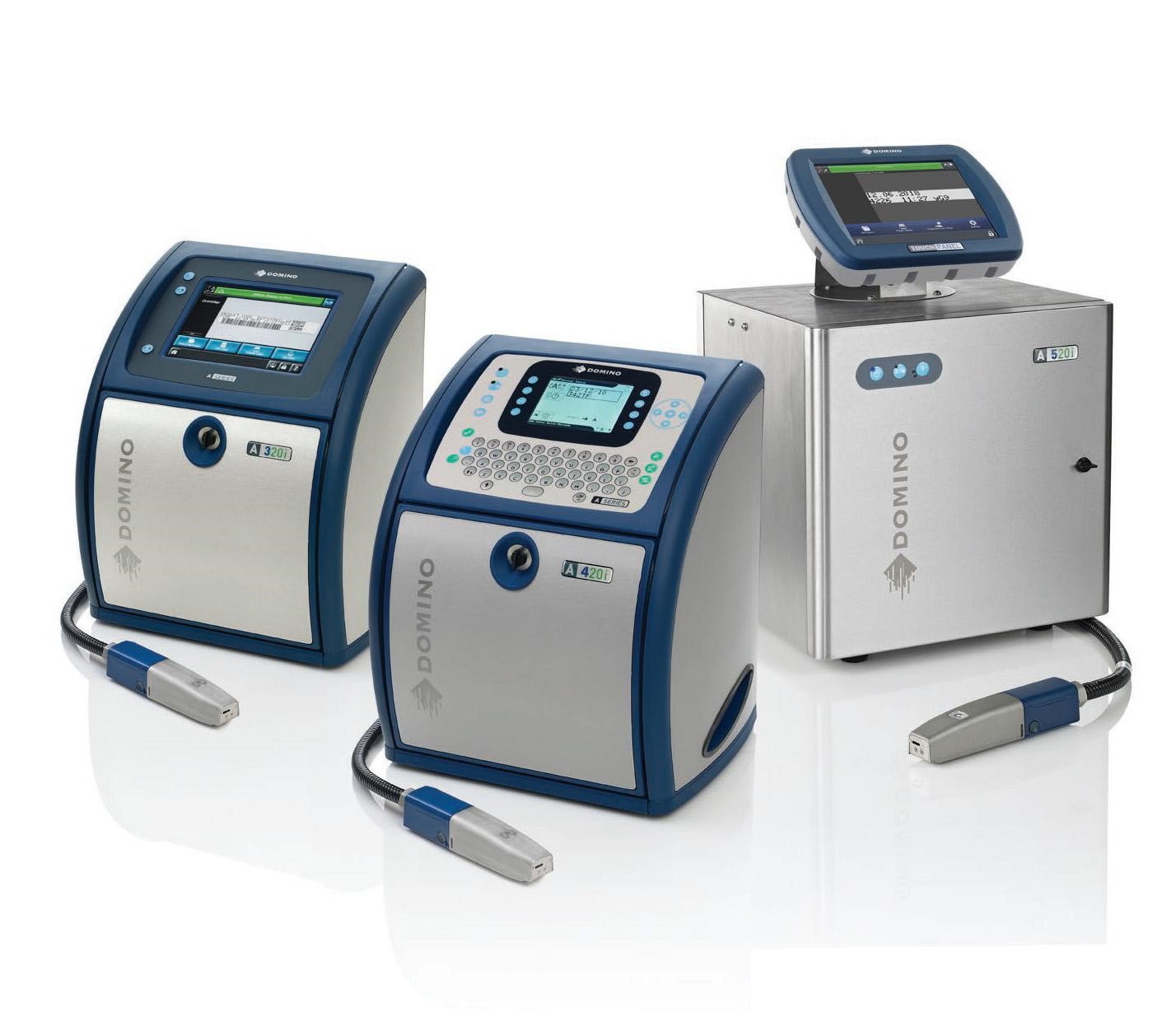Quenching Drink producers’ thirst - Coding innovations
Drinks producers rely heavily on coding and marking solutions to provide quality codes for purposes of traceability and brand accentuation. These codes are printed or laser marked onto primary, secondary and tertiary packaging – everything from your products all the way to the pallet they are shipped on. Technologies which are particularly relevant to the beverage sector include continuous inkjet printing (CIJ), thermal inkjet printing (TIJ), drop-on-demand for Outer Case Coding, print and apply labelling - including palletisation (PALM / P&A) - as well as laser marking. In addition to these mainstream requirements, the brewery industry tends to invest in specialised keg labelling systems to improve keg retention and reusability.
Traceability vs Brand Engagement
Traceability itself is driven partly by legislation but predominantly by key stakeholders such as retailers, resellers and consumers. A consumer needs confidence in the quality and freshness of the drink, whilst a retailer aims to ensure customer confidence and satisfaction, but must also be able to remove a defective batch of products from shelves as quickly as possible in the event of any issues. A drinks producer uses the traceability codes to identify and isolate a defective batch in order to review and rectify the production issues which may have affected a retailer and its consumers.

The aspect of using coding and marking to accentuate brand engagement is becoming more widely adopted by large multinational companies (MNCs) and smaller craft breweries and distilleries alike. An organisation is able to print live data onto a bottle or can in the form of 2D data matrices or QR codes, which a consumer may then use to access information or affiliated websites. Companies are able to print logos and messages onto outer cases on-the-fly thereby negating the need to commit to large stock of pre-printed boxes/cases. Promotional coding is a growth trend whereby competition codes are printed on a bottle, label or on the backside of a label and a consumer then inputs these on a website to win potential prizes. This drives customer engagement, brand loyalty and data capture on the behalf of the brand owner.
What’s the Difference Between Primary and Secondary Packaging?
Guide to Types of Coding and Late-Stage Customisation on Secondary Packaging

How innovation has improved beverage coding
Domino pioneers within coding and marking, with increasing levels of research and development in existing and associated technologies. For example, providing complementary ancillary solutions and offering unique business model solutions to customers. It was Domino who introduced the first service-free printer to the market – the current i-Tech A-series CIJ printer. This was a game-changer in the CIJ Printer industry, as it only required the i-Tech module containing ink filters to be changed once per year – without any tools...

Domino remains a key supplier to the drinks industry underpinned by strong relationships with most Multi National Companies involved in producing soft and sports drinks, bottled water, beer, cider, distilled spirits, wine and emerging categories such as health drinks. The beverage sector is constantly in search of higher line speeds, increased outputs, lower costs of ownership, higher equipment efficiencies – all in the pursuit of increased market share and resultant increased revenues and profitability. Recent coding and marking innovations at Domino designed specifically for the demanding beverage sector have been focused around high speed print and apply labelling equipment, fibre laser marking onto primary packaging, as well as keg labelling.
As you can see, the beverage industry remains a dynamic market with consumers demanding increased levels of traceability as well as more innovative engagement opportunities. As a result of this, Domino continues to innovate on behalf of our beverage producing customers,
Let us know what you thought of this blog post in the comments section below or tweet us at @DominoDoMoreUK.